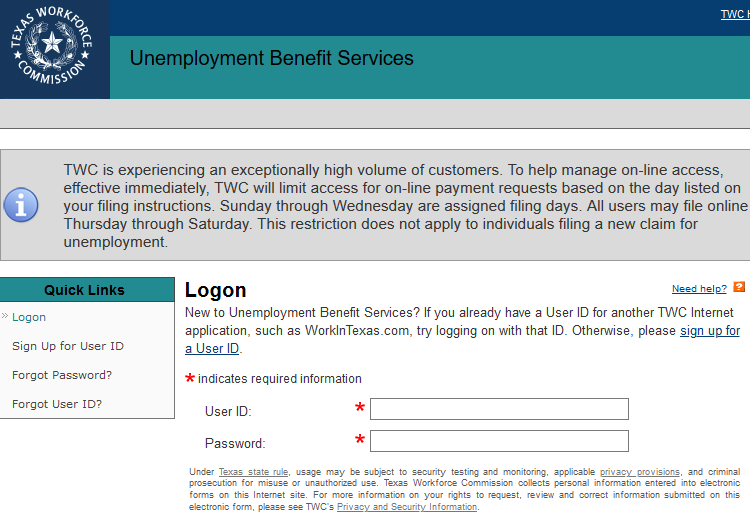Accounting
Most State Unemployment Websites Crashing, Or Fail Mobile and Accessibility Tests
Overall, unemployment website crashes have been reported in Alabama, Arizona, Arkansas, Colorado, Connecticut, Florida, Hawaii, Illinois, Iowa, Kentucky, Louisiana, Maryland, Michigan, Mississippi, Missouri, Montana, Nevada, New Jersey, New York, ...
Apr. 15, 2020

Nearly 17 million Americans have filed for unemployment benefits since the beginning of the COVID-19 pandemic, yet the digital infrastructure meant to support them is inadequate. A new report by the Information Technology and Innovation Foundation (ITIF), the leading think tank for science and technology policy, shows that the vast majority of state unemployment websites fail basic mobile and accessibility tests, making it difficult for people to apply for unemployment benefits.
“Our analysis shows that 86 percent of these websites fail at least one basic test for mobile page-load speed, mobile friendliness, or accessibility, and at least half crashed under heavy traffic since mid-March,” says ITIF Vice President Daniel Castro, who co-authored the report. “In fact, more than 54 percent of the initial unemployment claims filed in the United States during the week ending April 4 were from individuals in states with unemployment websites that had crashed.”
ITIF reports that one-third of state unemployment websites are not optimized for mobile platforms such as smartphones and tablets, which is a serious problem since roughly 20 percent of Americans access the Internet at home only via a mobile device. In addition, many of these websites are not designed to be accessible for people with disabilities, although more than 8 percent of such individuals are unemployed, and 57 percent have Internet access at home.
Overall, unemployment website crashes have been reported in Alabama, Arizona, Arkansas, Colorado, Connecticut, Florida, Hawaii, Illinois, Iowa, Kentucky, Louisiana, Maryland, Michigan, Mississippi, Missouri, Montana, Nevada, New Jersey, New York, North Carolina, Ohio, Oregon, Texas, Virginia, West Virginia, and Wisconsin.
“State governments should design cloud-based websites and applications that are scalable and can withstand surges in traffic. They should pursue a mobile-first strategy and use a consistent design across websites that meets all accessibility requirements,” says ITIF research analyst Michael McLaughlin, who co-authored the report. “Any future stimulus package Congress develops should include funding for states to modernize their websites, as e-government services will be particularly important during future physical distancing and emergencies.”
